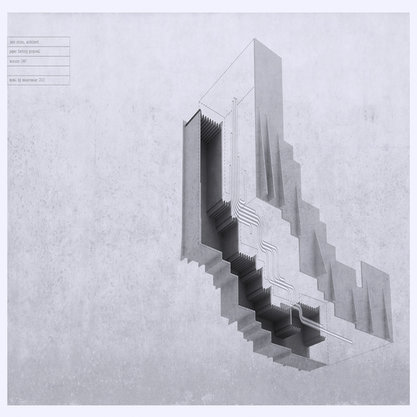Article
Yahia Turki (1901–1969) By Gerschultz, Jessica
Article
Yahia Turki was a Tunisian painter and pioneering modernist. In addition to Quranic education, Turki attended school at the Collège Sadiki, Lycée Carnot and Lycée Alaoui. He received a scholarship from the French Protectorate for classes at the Centre d’art de Tunis, facilitated by Alexandre Fichet and Pierre Boyer. In the 1920s Turki worked in the colonial bureaucracy and as a cartoonist, and was the first Tunisian artist to exhibit in the Salon Tunisien in 1923. He lived and painted in Paris from 1926 to 1928 and from 1931 to 1935, frequenting the studios of artists such as Matisse and Derain. Turki’s primary medium was oil on canvas. A member of the Groupe des Dix in 1947 and founding member of the École de Tunis in 1948, he influenced younger artists in his quest to reconcile Tunisian national identity within an inherited system of artistic practices. The thematic content of his work reflected this struggle. Turki portrayed Tunisia through scenes of quotidian life, architectural spaces, landscapes, still lifes, and portraits. He painted murals in the École d’Agriculture de Moghrane in the 1950s. Turki assumed the presidency of the École de Tunis from Pierre Boucherle after Tunisian independence in 1956.

